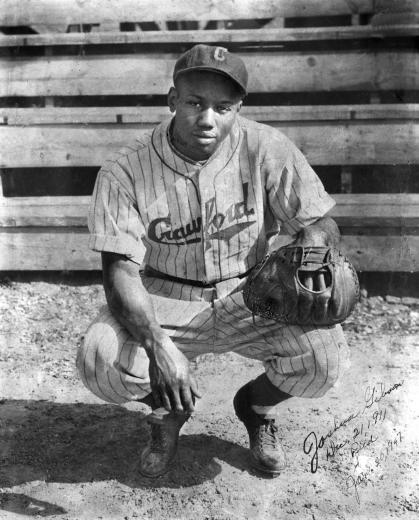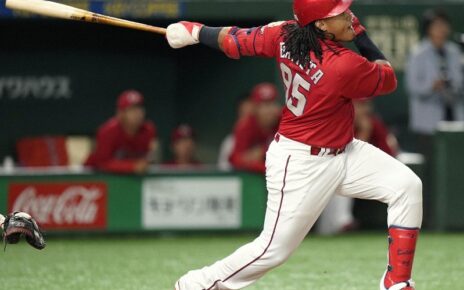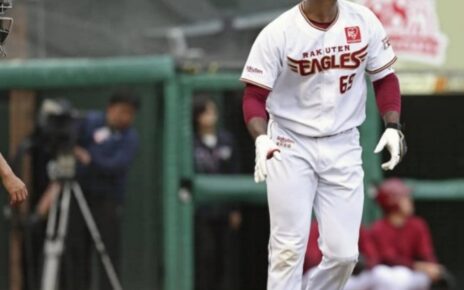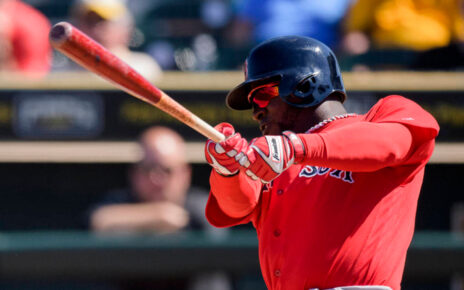The Negro major leagues never played league schedules as long as what the recognized white major leagues played during the time before integration. This isn’t a bad thing, it just displays how the Negro major leagues operated differently than the white major leagues did. Usually, teams from the Negro major leagues would play longer schedules by mixing in barnstorming and exhibition efforts. These were harder to track, and ultimately those games don’t, and shouldn’t, count towards a teams league stats. The result of all of this is is that over time a number of people have used the lighter Negro major leagues schedule as a slight against those leagues.
The one thing that needs to be known right off the bat is that, no, the fact that the Negro major leagues played a lighter schedule in no way impacts their credibility. If the various Negro major leagues decided that 68, 72, 51, or 49 games constituted a season then that’s what constituted a season for them. In no way does the fact that the white major leagues chose to play 100+ game seasons mean the Negro major leagues needed to play that same amount or they were somehow lesser. If you’re someone who uses the “the Negro major leagues played fewer games, therefore, they were lesser leagues to the white major leagues argument”, stop, and reevaluate the choices you are making in your life.
With that out of the way, it’s always a treat to go back and look at the statistics of Negro League players and see how they fared over longer seasons. In the 1940s and 1950s many Negro League players started playing in Mexico for Liga Mexicana de Béisbol. This wasn’t during the winter, rather they were skipping seasons in the Negro National League or Negro American League to play for more money down in Mexico. This created quite the influx of talent in LMB, to the point where it’s possible that the more we learn about LMB during the time period the more likely it appears it qualified as a major league. Luckily Gary Ashwill and the rest of the folks at the Seamheads Negro Leagues Database have been digging into LMB from this era and recently released a host of research on the 1941 season. You best believe that all these nuggets of joy were devoured by me the day Seamheads released them.
Thanks to the work Ashwill and company have done in porting over Pedro Cisneros’ Mexican League Encyclopedia Josh Gibson’s 1941 with Rojos del Águila de Veracruz immediately jumps off the page. Gibson is, of course, a certifiable baseball legend and in the discussion for the greatest to ever play the game. When the 1930s came to a close the stocky catcher was coming off of a period of complete dominance for the Pittsburgh Crawfords and Homestead Grays. Gibson would go on to dominate the 1940s in the same fashion, adding on to his growing legend with every year. 1940-1941 remained, for years, a blank page in Gibson’s history. He spent those two seasons playing for the Rojos in LMB. When his 1940 stats were uncovered they were very sparse and while still amazing they didn’t make me want to rush to a computer and write yet another tome to the greatness of Josh Gibson.
1941 is another story altogether. From the stats that the baseball research community has been able to gather this is the lone 90+ game season that Gibson has on record. In 1941 he had 434 plate appearances in 94 games, 16 games more than his previously known high mark. The results are what one would expect as in a league that was either at the major league level or darn near close to it Gibson was heads and shoulders above everyone else. He slashed .374/.484/.754 with 33 home runs and 31 doubles. His .380 ISO was over 200 percentage points better than the LMB average, while his .540 wOBA wasn’t too far behind at over 150 percentage points better than the LMB average. Again, this wasn’t a bad league where Gibson was feasting on lesser talent. The LMB in 1941 was either at or just below major league level.
Gibson had a minuscule K% of 5.8 and a well above league average BB% of 17.3. The one number that best represents his utter dominance of the league as he helped guide the Rojoas to their second consecutive LMB title was his HR% of 7.6. Not only was that 6.5% above league average, but that means he hit a home run every 10.8 at-bats. For a little perspective, Pete Alonso led the major in home runs last year, he hit one every 11.2 at-bats. Not to take anything away from the Polar Bear, but that’s with a juiced ball and advanced scouting/information in his favor. We’ve always known that Gibson mashed, a season with a 208 OPS+ is just more evidence of his ability to mash the baseball like no other.
Gibson tied for the LMB lead in sWAR in 1941, with Mexican pitching great Jesús Valenzuela, at 6.6. That number is, well, it’s simply dominant. I keep going back to that well, but I mean there’s only so many ways to describe yet another Gibson season where he basically lapped the field. The more information we unearth the clearer it becomes that Josh Gibson is the rare case of the actual results matching the legend. His 1941 LMB season is one for the record books, only the records were never widely available. Now they are, and the legend of Gibson grows even larger.
Lead photo courtesy of Unknown – National Baseball Hall of Fame Library




